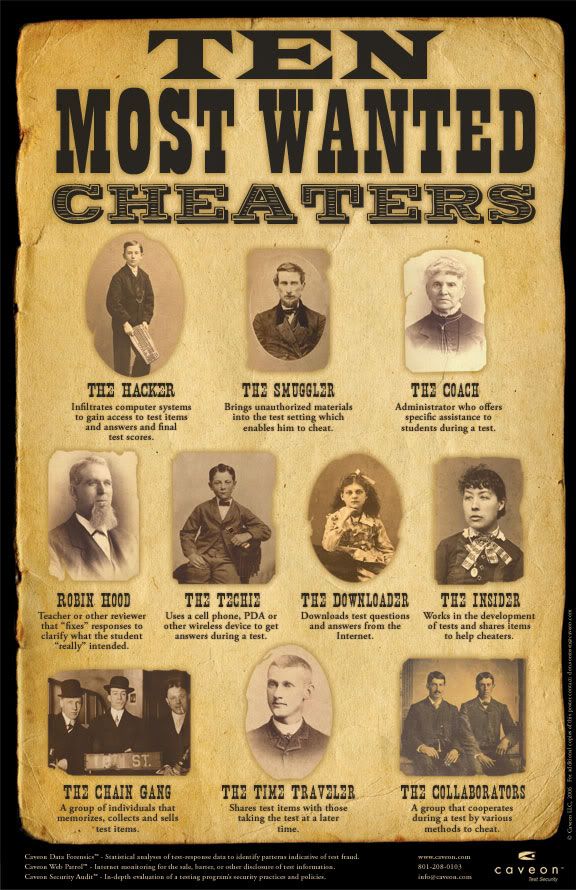
The claims catapulted Houston’s superintendent, Rod Paige, to Secretary of Education and made Texas a model for the country. Much of the Texas education miracle was based upon the scores found in the state’s mandated test — TAAS and it was the high scores that politicians used to trumpet the “miracle.” In December 2003, the New York Times compared the scores of 75,000 students in Houston who took both the TAAS and Stanford Achievement Test from 1999 to 2002.
But an examination of the performance of students in Houston by The New York Times raises serious doubts about the magnitude of those gains. Scores on a national exam that Houston students took alongside the Texas exam from 1999 to 2002 showed much smaller gains and falling scores in high school reading.
Compared with the rest of the country, Houston’s gains on the national exam, the Stanford Achievement Test, were modest. The improvements in middle and elementary school were a fraction of those depicted by the Texas test and were similar to those posted on the Stanford test by students in Los Angeles.
Over all, a comparison of the performance of Houston students who took the Stanford exam in 2002 and in 1999 showed most did not advance in relation to their counterparts across the nation. More than half of them either remained in the same place or lost ground in reading and math.
In 2003, the TAAS was replaced with the Texas Assessment of Knowledge and Skills (TAKS).
One would think, school districts around Texas, especially in Houston, would have learned a lesson once people realized that the “Houston Education Miracle” was nothing more but an illusion based on Enron style math. However, such is not the case. Recently, The Daily Morning News reported that Texas Education Agency (TEA) officials has just released the names of 669 schools that were flagged with suspicious TAKS scores discovered by Caveon, the test security company hired by TEA to look for TAKS cheaters.
Houston has the highest number of suspicious schools, 83, in the state, next is Dallas with the second highest, 49, suspicious schools. In other cities through out Texas, El Paso has 20 schools, Austin has 12, Fort Worth has 11, and San Antonio has six.
This is not the first time, in December 2004, the Morning News released an exclusive report from an investigation of school scores on the state’s TAKS test, a report that rattled the nerve center of Texas education.
Comparing classes’ past year test performances with the following year’s scores, The Morning News’ found 25 Houston schools with highly unusual class performances and more than 400 suspect schools among the state’s 7,700 public schools. More often than not, the students came from low-income areas that normally score near the bottom but within one year had soared to the top. One of Texas’ most celebrated schools, Houston’s Wesley Elementary, had been used by Dudya as a shining example of at-risk urban children who were able to overcome the odds and surpass their wealthier suburban neighbors.
The Morning News uncovered inconsistencies in scores and a faculty conspiracy. A former teacher from Wesley, Donna Garner, told The Morning News teachers were “expected to cheat.”
“You’re expected to cheat there,” said Donna Garner, a former teacher at Wesley who said her fellow teachers instructed her on how to give students answers while administering tests. “There’s no way those scores are real.”
The only difference from the first investigation, more schools are getting caught cheating. If there is anything the Texas miracle story can teach us, it is the hazards of high stakes testing. How long will it take for us to understand that every child is being left behind?
For schools where Caveon found suspicious score patterns schoolwide (click here)
For schools where Caveon found suspicious score patterns in one or more classrooms (click here)
The Dallas Morning News 2005 Series
